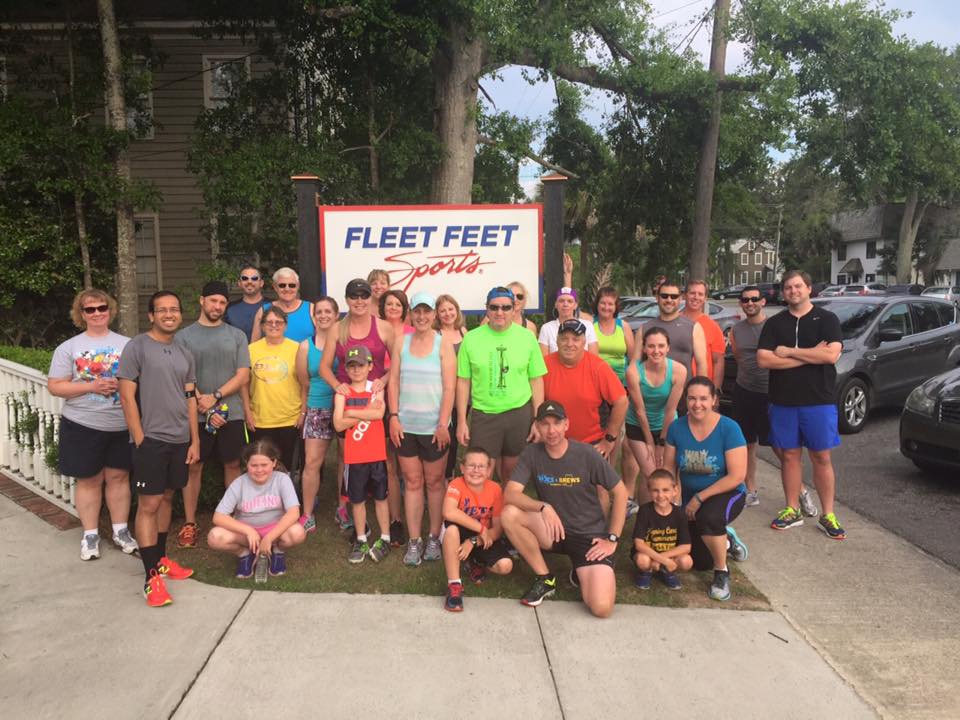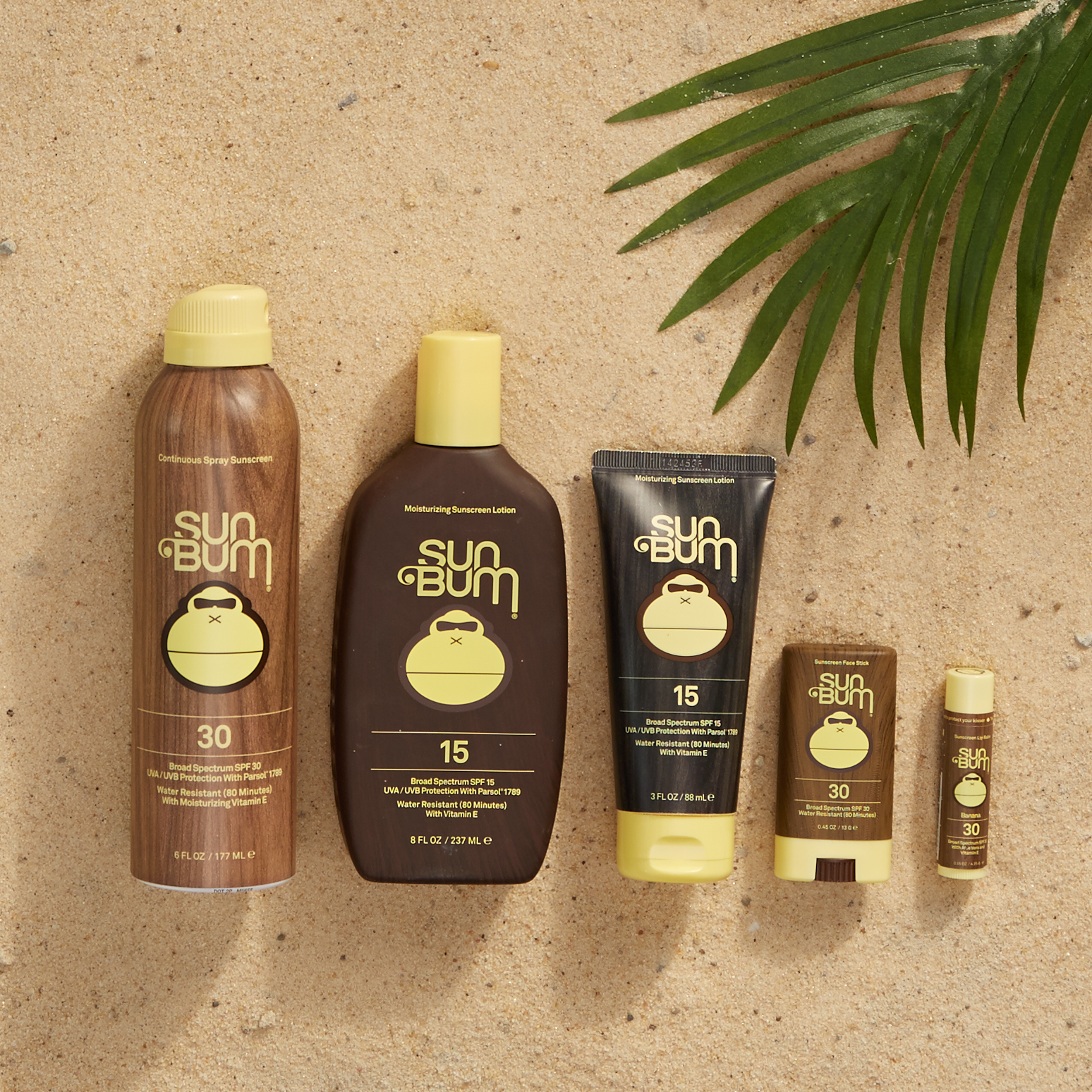
Summer can be a pretty humbling season for most runners. When the mercury soars, even an easy pace can feel tough. And a maintaining a fast pace can feel impossible. It's important not to take the heat personally; when temperatures rise, your body has to work harder to move the muscles, because it's trying to keep you cool at the same time.

Go Early or Go Late
Avoid running between 10 a.m. and 3 p.m., the time when the sun is the strongest. Schedule your workouts for early morning or late in the evening, when the sun isn't so strong.
Run By Effort
Don't be a slave to the digital readout on your training watch. In the heat, any pace is going to feel tougher than it does in cooler temperatures. If you're scheduled for an easy run, maintain a pace that's easy enough to hold a conversation—no matter what pace that translates to.
Stay Hydrated

Dehydration makes any effort feel more difficult, and when you don't have enough fluids in your system, your endurance and performance will suffer. Sip fluids throughout the day. Drink when you're thirsty. If you need a formula, aim for half your body weight in ounces each day. So if you weigh 180 pounds, aim for 90 ounces of fluids per day. When it's hotter, and you're sweating more, reach for low-calorie sports drinks which replace electrolytes like sodium and potassium that you lose through sweat.
Let The Body Be The Boss
If your speed workout feels impossible, swap it out for an easy run. If you start to feel worn out a mile into your easy run, walk instead, or go rest in the shade. Don't worry about losing fitness from one missed workout. It takes weeks of no running to lose all the fitness you've built. And the health risk of pushing yourself in hot temperatures just isn't worth it.
Don't Forget The Sunscreen

Research has shown that long-distance runners have a higher risk of some skin cancers. So be sure to apply sunscreen before you head out. To cover your body, you'll need enough to fill up a shot glass. Look for formulas that are labeled "broad spectrum, UVA and UVB, with SPF of 50 or higher.
Get Used To It
Give yourself up to two weeks to acclimate to hot weather, gradually increasing the length and intensity of your training.
Adjust Your Race Plans

If you have trained in cool conditions, but it's hot on race day, adjust your goals and just finish feeling strong. Save your PR attempt for an event with conditions that are similar to what you've trained in.
Always Have A Backup Plan
The weather is not going to always cooperate with your workout plans. So always have a plan "B." If the day you designate for speedwork turns out to be a scorcher, run easy instead, or take your intervals inside to a treadmill, stationary bike or elliptical machine.
Know The Signs
Feelings of weakness, headaches, dizziness, nausea, vomiting, and lack of coordination can all be signs of heat exhaustion. If you start to feel any of these symptoms, stop running, get in the shade, remove excess clothing, lie down and elevate your legs, and cool yourself with ice bags. See a doctor if symptoms continue. Wait one to two days before returning to running.
Editor's Note: Hydration is a balancing act and signs of hyponatremia (over-hydration) are very similar to signs of heat exhaustion. Always consult your physician before beginning new workout and hydration plans
Upcoming Events
West Ashley Monday Runday
6:30pm - 7:30pm | Fleet Feet West Ashley, 1401 Sam Rittenberg Blvd Suite 5, Charleston, SC 29407
Mount Pleasant, Summerville, West Ashley and Carnes Crossroads stores host a FREE group run …
Learn More ›Carnes Crossroads Monday Runday
6:30pm - 7:30pm | Fleet Feet Carnes Crossroads, 2509 N Main St, Summerville, SC 29486
Mount Pleasant, Summerville, West Ashley and Carnes Crossroads stores host a FREE group run …
Learn More ›
Connect With Us
See the latest from Fleet Feet Mount Pleasant